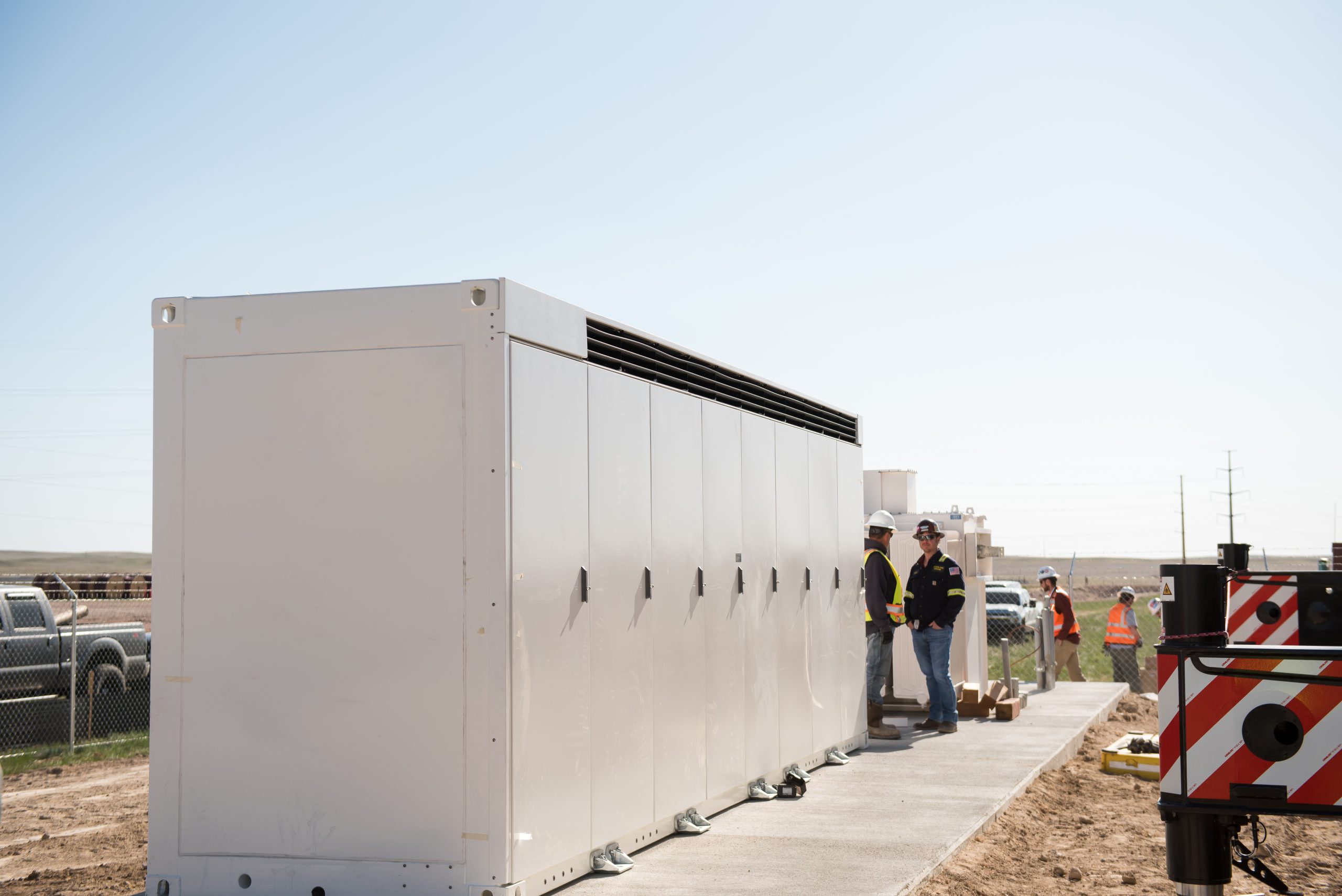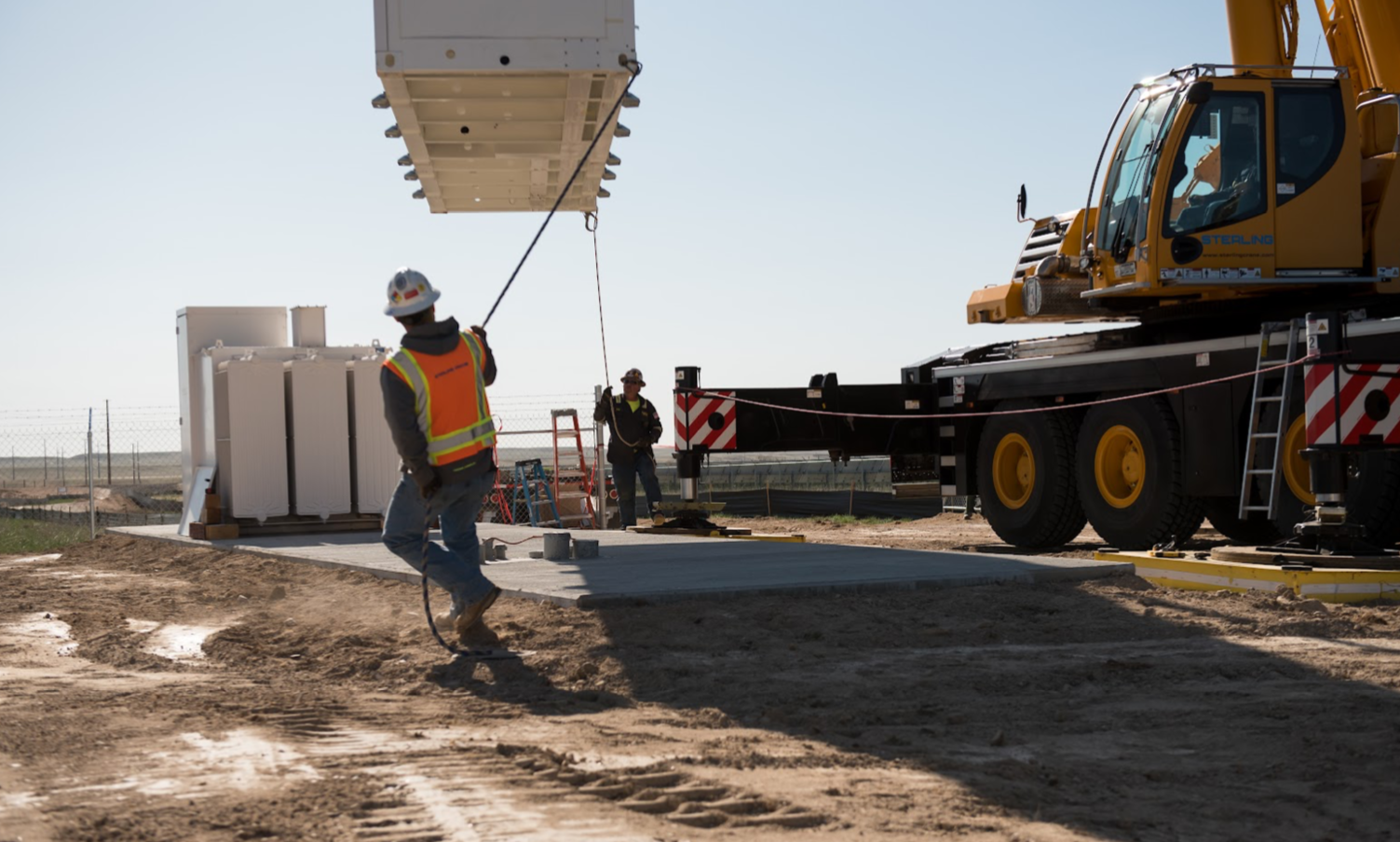
With the increased need for battery energy storage systems (BESS) across the utility solar industry and the complex design, configuration and optimization required; many asset owners can be left wondering where to begin. Steve McKenery, DEPCOM Power’s Senior VP of Energy Storage, discusses top best practices when considering new energy storage utility systems.
Q: When optimizing an energy storage system, what are the critical factors to consider?
A: BESSs are more complex than solar systems. It’s critical to work with an experienced EPC firm that has the engineering skills required to optimize BESS systems for maximum project returns.
At DEPCOM Power, we have developed a proprietary PV + BESS plant design optimization capability through extensive system and financial modeling that is customized to each of our customer’s project needs.
We work with developers, IPPs and utilities to optimize site designs for future augmentation and lowest Levelized Cost of Storage (LCOS) while preventing costly overbuilds. We value-engineer BESS designs with CapEx, OpEx, and revenue in mind to improve IRR and NPV, maximize revenue and lower total cost of ownership.
Q: With so many types of BESS systems, how does DEPCOM Power help owners define which is the best for their project?
A: The key to a successful BESS project is understanding how the asset owner will use the system and then designing it accordingly. While all use cases represent value streams, some offer opportunities to generate income, while others help to avoid costs. DEPCOM Power helps owners determine the right battery technology according to varying use case cycling needs, including:
a. Energy arbitrage – Storing electricity when grid prices are low and selling it when they are high.
b. Energy shifting -Typically paired with renewable energy to maximize production values, assets charge batteries at mid-day when resources are available, and discharge in the evening peak.
c. Ancillary services – Including frequency regulation, voltage support and black start. With frequency regulation, BESS are connected at all times to stabilize the grid.
d. Demand response – Typically does not require daily charge and discharge; Systems are on stand-by for grid operators as needed. Utilities seek flexible systems that can respond quickly and frequently to fluctuating grid conditions.
Q: Today’s constrained supply chain market can represent a significant challenge to BESS projects considering all the various technologies involved. How does DEPCOM Power help owners mitigate this issue?
A: DEPCOM Power’s procurement strength helps asset owners mitigate supply risks and ensure competitive pricing. We leverage bulk procurement with top-tier battery suppliers that are secured through our deep relationships with bankable and certified manufacturers.
Our technology-agnostic approach with top-tier equipment providers means we can deliver customized systems that meet all codes and standards including UL, NFPA, and fire codes, and that are backed by proven track records in the U.S. market.
And because DEPCOM Power is a Koch Engineered Solutions company, we offer global logistics advantages over standard OEM freight services. Working with Koch sister company KBX, a global logistics leader, we offer more competitive shipping solutions which lowers risk and costs while improving visibility and control in a turbulent marketplace.

Photo credits: DEPCOM Power installing a utility-solar energy storage system
Q: How do asset owners ensure performance over the life of the asset once the BESS is built?
A: DEPCOM Power offers a variety of support options under our full turnkey O&M services. We ensure systems are optimally designed and backed by bankable warranties to ensure assets perform reliably over a system’s 20+ year lifespan.
DEPCOM Power has a proven track record of compliance with all schedule and energy performance targets. We do this with our long-term service agreements that deliver the availability, round-trip efficiency, and capacity guarantees our customers require. Our NERC/FERC-compliant network operations center (NOC), testing, commissioning, and 99.4% average fleet availability ensure systems run at peak performance.

Photo Credits: DEPCOM Power – company NOC in Scottsdale, AZ
Q: What types of risk management processes should be considered?
For asset owners planning any new BESS project, ensuring safety is paramount. Over the last five years the industry has made significant improvements in BESS design and safety that have reduced the risk of fire or other safety events.
DEPCOM Power designers factor in spacing, barriers, fusing, and other parameters to increase safety. We also ensure our suppliers integrate thermal management, control systems, structural and material insulation, and fire protection/ suppression.
DEPCOM Power believes all incidents are preventable. We deliver unwavering compliance with all laws and regulations and have an industry-leading safety rating.
Q: How does DEPCOM Power’s BESS offering drive differentiating value for owners?
As your one-source energy storage partner, DEPCOM Power delivers custom-tailored solutions that drive economic optimization and maximize a customer’s project returns. Our in-house engineering, procurement, installation and management capabilities offer complete end to end services. These bankable and competitive storage solutions deliver superior value — and the peace of mind that comes from working with an integrated partner backed by the second largest privately-held company in the nation. As a leading EPC with 4 GWs of PV installed in the US, we leverage deep solar experience to optimize our hybrid PV + BESS systems. Drawing upon a solid track-record of PV project wins, we are a one-source partner for both stand-alone and integrated energy storage deployments.
About the author:
 Steve McKenery leads DEPCOM Power’s energy storage business development efforts supporting developers, utilities and IPPs across the US. With over 30 years in the energy sector, he has led project development and EPC of conventional power generation, renewables and energy storage deploying a variety of technologies including lithium-ion batteries, pumped-storage hydro, and flywheels at Southern California Edison, GE, and 8minute Solar Energy.
Steve McKenery leads DEPCOM Power’s energy storage business development efforts supporting developers, utilities and IPPs across the US. With over 30 years in the energy sector, he has led project development and EPC of conventional power generation, renewables and energy storage deploying a variety of technologies including lithium-ion batteries, pumped-storage hydro, and flywheels at Southern California Edison, GE, and 8minute Solar Energy.